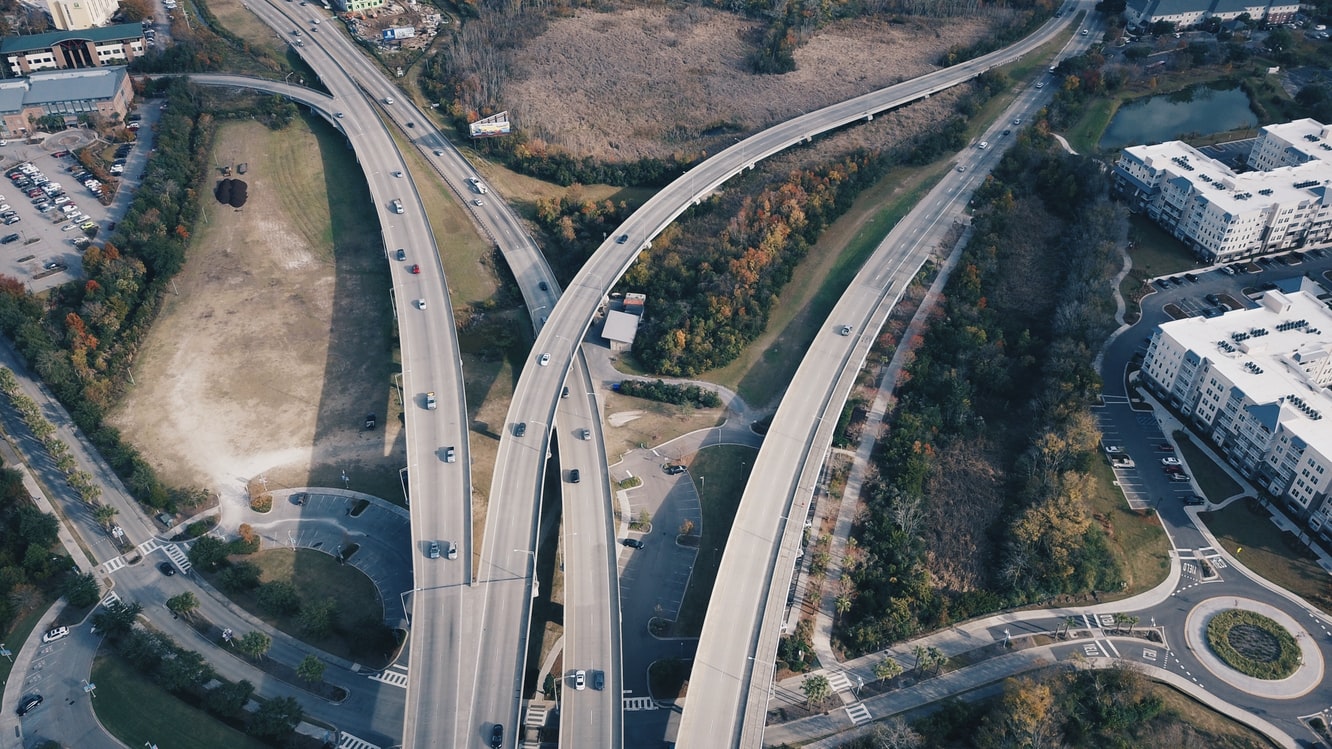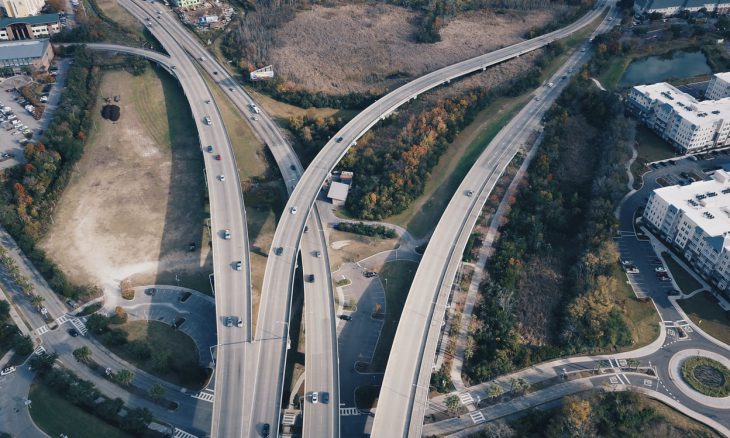Infrastructure Being Repaired

The mid-September news reported, “Millions coming to Tampa,” “Wyoming to receive $25 million,” “Boston’s Logan Airport getting help,” and “Downtown Flagstaff getting grant for transportation.” All of these projects are being funded by the $1 trillion bipartisan Infrastructure Investment and Jobs Act signed into law by President Biden in November 2021.
With the passage of the bill, federal agencies like the Departments of Transportation and Energy began to act to implement the law, establishing new programs and determining the quickest ways to award the funding. State and local officials had an even greater burden, as most infrastructure is within their purview. Their responsibilities include designing new assets, hiring more workers, and mobilizing their own financial resources.
By nearly any measure, the infrastructure bill is enormous. Spending the $1 trillion touches every sector of infrastructure, from transportation and water to energy, broadband, and the resilience and rehabilitation of the nation’s natural resources. Over half of the spending is transportation focused.
The term “shovel-ready” was popularized by former President Barack Obama when he used it to describe projects that were ready to immediately receive stimulus funding from the American Recovery and Reinvestment Act of 2009. The approximate cost of the package was estimated to be $787 billion at the time of passage and was later revised to $831 billion between 2009 and 2019. That legislation included, among many other things, an infrastructure investment of $105.3 billion.
When President Obama pledged the infrastructure overhaul that would be used for “shovel-ready projects,” he anticipated construction projects that could begin right away. In the end, however, only about $27.5 billion was actually spent on his major goal, transportation infrastructure. In a 2010 interview with the New York Times, he explained, “The problem is that spending it out takes a long time because there’s really nothing—there’s no such thing as shovel-ready projects.”
The person chosen by President Biden to oversee the implementation of the infrastructure law, Mitch Landrieu, a former New Orleans mayor, said “This is not a right-now kind of deal.” Roughly one-fifth of the total amount is anticipated to be allotted in 2022. Some funds are being distributed through “formula programs,” which deliver funds directly to states, and some are available through competitive grant programs that require state and local agencies to apply.
Several funding programs have already launched, with funds being released for highways, bridges, and airports. In February, the Environmental Protection Agency announced it will use $1 billion for cleanup and restoration of the Great Lakes region, with $200 million allocated for 2022.
Landrieu declined to outline a timeframe when Americans could see infrastructure work being accomplished. “As soon as the states are ready, they can start. The answer is going to depend on how ready they are to move,” he said.
States, along with contractors, engineers, and others, are seeing the infrastructure funds being diluted by inflation. The CEO of one global engineering firm said, “If [inflation] doesn’t slow down, we’re just going to end up eating into the capacity of getting more infrastructure done. We’re going to spend a lot more money for fewer projects.”
The price of construction materials was already on the rise before inflation hit. The price of steel, for instance, doubled in the year before the infrastructure act was signed. It came down briefly after that but has returned to nearly its highest point ever. Since the bill’s passage, the price of diesel fuel, which is needed to ferry stone from quarries, which will eventually be turned into concrete and asphalt, has risen by about $2 a gallon, an increase of more than 50 percent. And workers — if employers can find them and keep them — are requiring higher pay.
Much of the work contemplated under the infrastructure bill is greatly needed. But there is a long road ahead for the bill to reach success. Pitfalls include the risk of excessive politicization of the funding process to score political points. A second is the lack of a real system to determine which projects merit funding, at what level, and how soon. A third drawback is providing for long-term maintenance. One analyst said, there is no such thing as self-sustaining infrastructure.
God expects His people to be good stewards of what they have (Luke 16:1-13) and for officials in government to be responsible (Romans 13:1-14).
How then should we pray?
- For U.S. officials to be wise as they allot the funding provided in the Infrastructure Act.
- State and local authorities as they put the funds awarded to use.
- For contractors and construction owners as they seek to balance the increased costs in labor and materials with the bids that were previously given for the work.
- For Secretary Granholm as she oversees the implementation of infrastructure funding for energy projects.
- For Secretary Buttigieg as he sees to the vetting of applications for transportation work.
- For administration officials to be discerning the priorities they set for various infrastructure programs.





